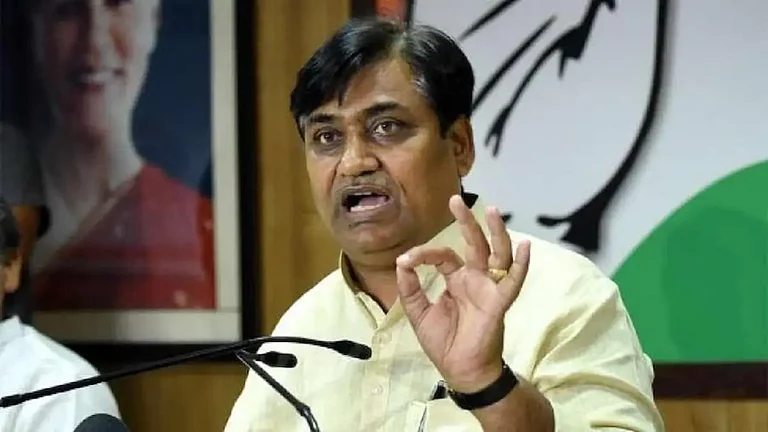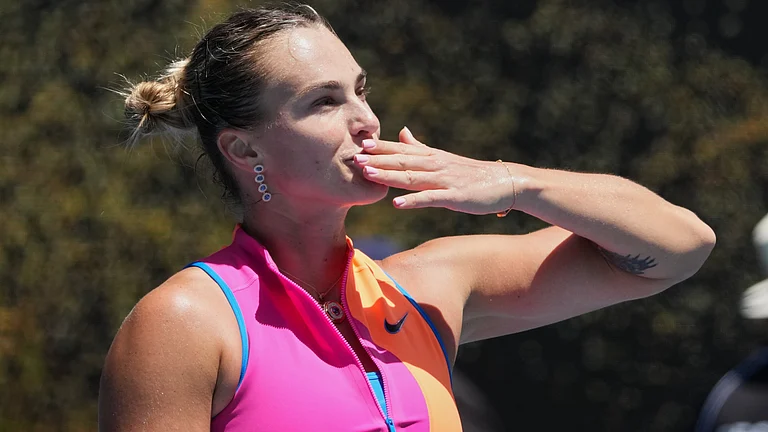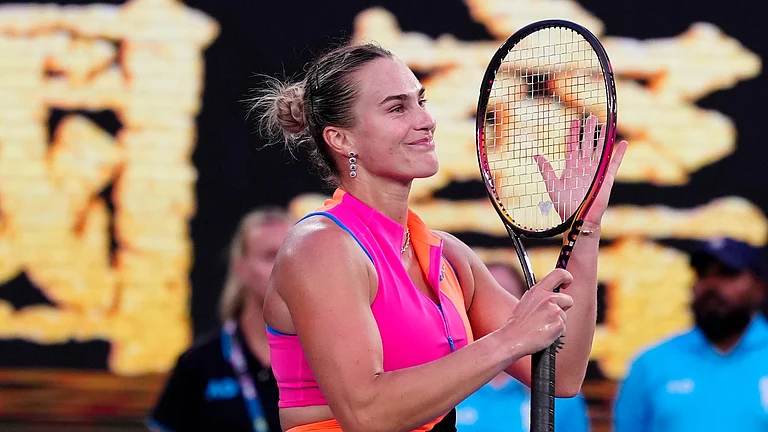For the greater part of the year, life in the palatial mansions of the old aristocratic families of Kolkata is no different from their neighbours. But as Durga Puja approaches, each one turns into a hub of activity. The passage of time may have dimmed the ostentatious display of wealth and forced some rituals to be cut down but the celebrations, their origin dating back to anywhere between 150 to 400 years ago, have retained the old flavour.
Most of the homesteads have their own ‘thakur dalan’, which is a public courtyard, often with pillars and verandahs reflecting influences of European architecture. In keeping with tradition, the idols are placed on a single platform against a single semi-circular background (chalchitra). Painted afresh, the ‘thakur dalans’ with their old chandeliers, take you back to a different era.
Here is our pick of 10 Bonedi Bari Durga Puja in Kolkata
Sabarna Roy Choudhury Family
It was from this family that the English East India Company acquired the three villages of Sutanuti, Govindapur and Kalkata in the 17th century to later consolidate it into what became known as Calcutta (now Kolkata). The family has branched out since, each branch with their own Durga Puja celebrations. But the one most famous is the family’s Atchala Pujo dating back to 1610. Located in Barisha, in the southern part of the city, the Pujo is held in the ‘Durga dalan’ with two rows of graceful columns marking the boundary.
Raja Nabakrishna Deb Family
The Durga Puja celebrations at Sovabazar Rajbari is centuries old. The Deb family Durga Puja became the talk of the society (Calcutta was yet to be founded) when Raja Nabkrishna Deb feted Robert Clive and other officers of the English East India Company in 1757. This Pujo has many interesting distinctive features, for example, the lion has the face of a horse. Accoridng to the senior members of the family, sacrificing a goat was abolished many years ago; instead singi fish (Asian catfish) is sacrificed.
Badan Chandra Roy Family
The homestead of the Badan Chandra Roy family in Colootola (Central Kolkata), belies the dinginess that surrounds it. One of the best kept residences of old Kolkata, it still houses the descendants. The sprawling Eye Department of the Medical College in College Street stands on land donated by this family. The arched ‘thakur dalan’, where the 160 year-old Pujo is held, is fronted by a beautiful quadrangle marked by pillars topped by decorative lamps. Being a Vaishnav household, they do not have animal sacrifices. They used fruits instead to perfomr the symbolic sacrifice.
Purnendu Chandra Dhar Famil
Not far from the Badan Chandra Roy family home is the house of Purnendu Chandra Dhar’s family. This Vaishnav household does not worship Maa Durga in her demon-slaying pose. Instead, she is worshipped here as Abhaya Ma. The seated idol has two hands instead of ten. At her feet are two seated lions. Maa is surrounded by her children and her hand maidens. The Pujo is around 160 years old but was not performed in this building for a while when the building was ransacked during the 1946 riots and the family had to seek shelter elsewhere.
Khelat Ghosh Family
Located in Pathuriaghata in north Kolkata, this homestead has probably the grandest ‘thakur dalan’ in the city. The marble corridor, over 80-feet long, and the grand dancing hall (now Khelat Ghosh Memorial Hall) are awesome. One unique feature of the Pujo is the ablution of the Naba Patrika or nine leaves used in the rituals at the house itself. Also there is a tradition of offering homemade sweets to the goddess.
Shibkrishna Daw Family
Located in Jorasanko in north Kolkata, the Shibkrishna Daw house has been maintained beautifully and has been used for many film shoots. The household Pujo was started by Shibkrishna Daw’s father in 1840 but it was the successful businessman son who added the glitz and glamour to the celebration. The ‘thakur dalan’ sits pretty overlooking neat columns and overhanging balconies. You should visit this Pujo because people come to see the attire and the gorgeous gold and silver ornaments of the idols.
Chandra Family
It was Subal Chand Chandra who began Durga Puja at his Jorasanko home way back in 1761. But then the family shifted to their Jhamapukur home and continued with the tradition from 1840. The idol is very different from the one usually seen in other Pujos. Goddess Durga sits on the lap of her husband Shiva in the ‘borabhoi mudra’ (assurance-giving pose).
Rani Rashmoni Family
Located in Janbazar in Central Kolkata, not far from the Esplanade Metro Station, is the home of Rani Rashmoni built in the 19th century. It was she who founded the Dakshineswar Kali Temple. After her death, the Pujo has been continued by the families of her daughters. Now divided into two parts, the Durga Puja that can be approached through the Free School Street entry of the house was started by the Rani herself.
Radha Gobinda Mallick Family
It is said that Radha Gobindo Mallick settled in the Bhawanipore area of south Kolkata way back in 1860. But it was only in 1925 that the family Pujo was shifted from his ancestral home to its present location. This household Durga Puja is popular also because of the famous father-daughter film-star duo, Ranjit and Koel Mallick.
Bhukailash Rajbari
It was Maharaja Joy Narayan Ghosal who began the Durga Puja about 300 years ago at the Bhukailash Rajbari located in Khidirpur in the western neighbourhood of Kolkata. This traditional household is better known for its twin Shiva temples built in 1781. One of the Shiva-lingam is 15 feet tall and the other is 12 feet. The family worships an asta-dhatu idol, who is referred to as Patit Pabani Ma.


























